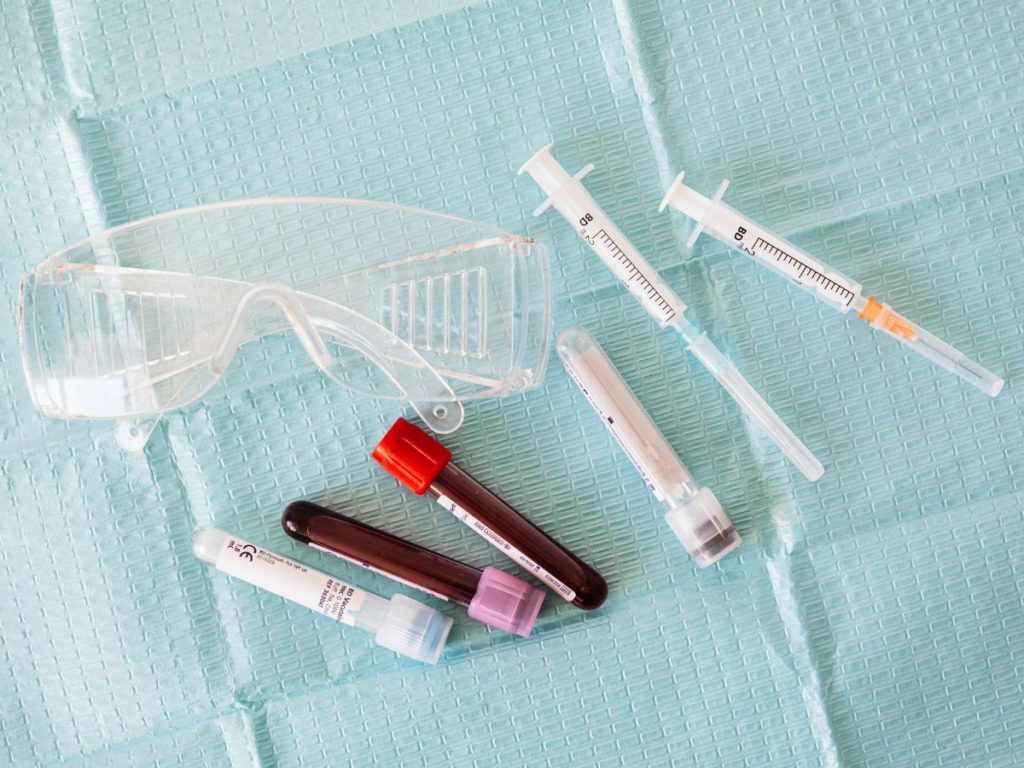
How Long Does it Take to Become a Phlebotomist?
How Long Does it Take to Become a Phlebotomist?
Becoming a phlebotomist can be a fruitful career. You’ll be helping people in addition to learning about an essential area of medicine that is challenging and rewarding. However, if you’re curious about taking a phlebotomy course in New York, the team from Westchester School for Dental Assistants has collected some important information for you here.
Below you’ll find more about what to expect from phlebotomy training in NY!
What Does a Phlebotomist Do?
Before learning more about the training process, you might be curious as to what a phlebotomist does in the medical field. Their primary duty is to draw blood from patients and have that blood tested. Phlebotomists often work in medical testing facilities, private labs, hospitals, and assisted living facilities.
In addition to drawing blood, phlebotomists are often responsible for keeping track of paperwork, explaining the procedure of drawing blood to patients, managing blood samples, labeling them properly, and performing blood transfusions.
How Long Does Becoming a Phlebotomist Take?
The length of time it takes to become a phlebotomist depends on where you’re trained, as well as the different certifications you obtain. Because of this, it can take anywhere from around four months to more than a year to become a licensed and certified phlebotomist. Most of the phlebotomy courses in New York require a fair amount of study, in addition to doing a practicum of training hours along with 20-40 hours of coursework to obtain your certification.
What Types of Skills Do I Need to Be a Phlebotomist?
There are some important skills that will come in handy if you plan on becoming a phlebotomist, they are:
- Organization: You’ll need to always maintain a sanitary, organized workspace while on the job to ensure the health and safety of your patients.
- People Skills: To be a phlebotomist, you’ll need good people skills to make them feel at ease when taking blood samples or performing other procedures.
- Attention to Detail: Since phlebotomists are required to label samples, track them, and input important data, attention to detail is essential.
- Hand-Eye Coordination: As a phlebotomist, you’ll need steady hands to draw blood samples and perform them smoothly to ensure your patient is comfortable.
Looking for a phlebotomy course in New York? Contact us today!
If you want to start your phlebotomy training in NY, the team at Westchester School for Dental Assistants would love to tell you more about our program. Contact us online today or call (914) 682-9001.